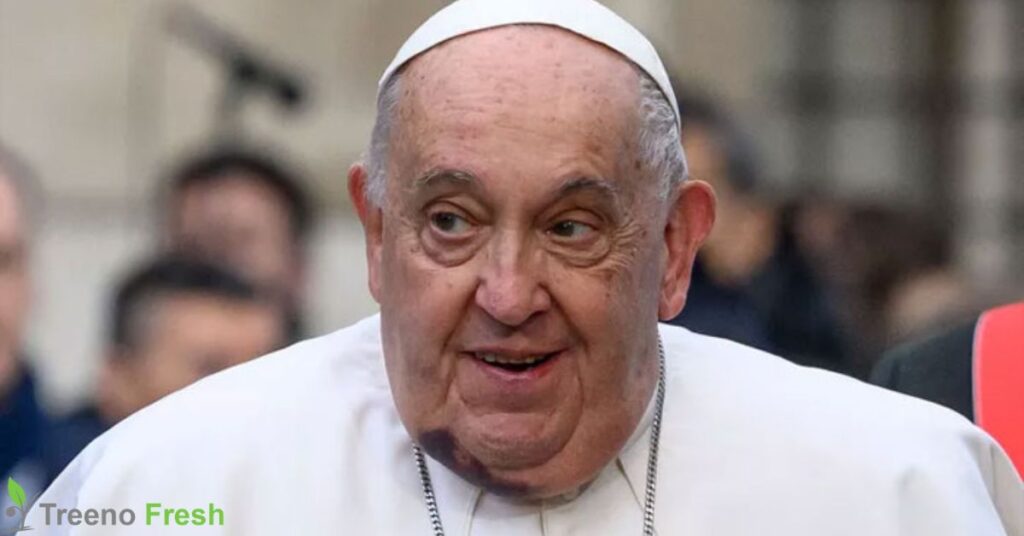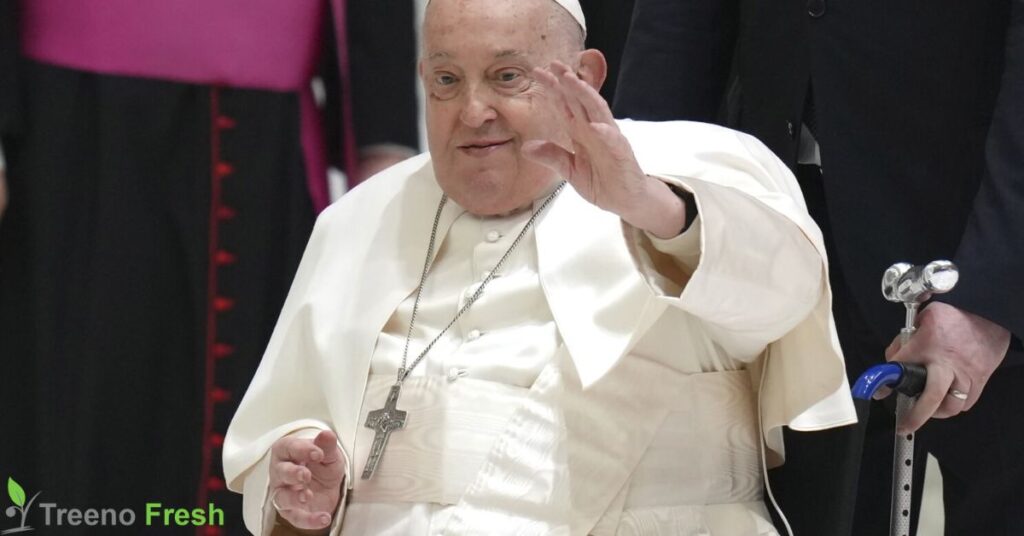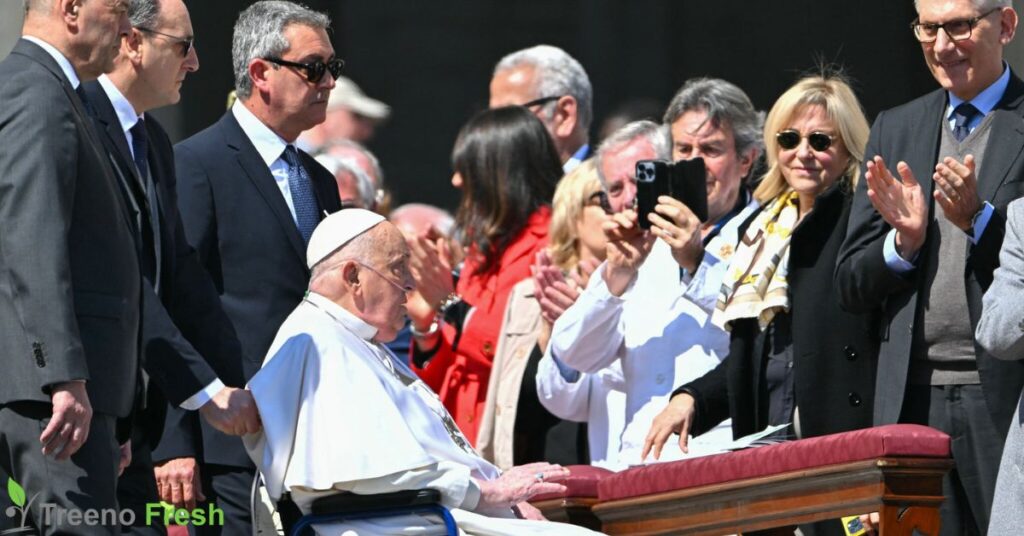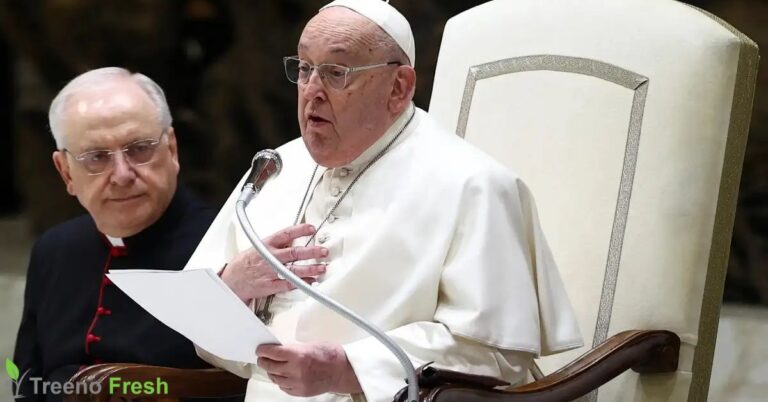Introduction: Why Pope Francis’s Health Matters to the World
The health of Pope Francis is more than a private concern—it resonates deeply across continents, faiths, and communities. As the leader of the Roman Catholic Church and a symbol of unity for over 1.3 billion Catholics worldwide, every update on Pope Francis health is closely watched and widely reported. His words inspire hope, his actions influence global policy, and his presence at key events carries enormous significance.
Born Jorge Mario Bergoglio in Buenos Aires, Argentina, Pope Francis has served as pontiff since 2013, becoming the first Jesuit pope and the first from the Americas. Throughout his papacy, he has championed issues like climate action, social justice, interfaith dialogue, and compassion for the marginalized. His leadership is not just spiritual—it’s moral and humanitarian. This makes his well-being a matter of global interest.
In this article, we provide a comprehensive overview of the current state of Pope Francis’s health. From his medical timeline to his recovery progress and the impact on his papal duties, we aim to offer a truthful and respectful account of what is known, why it matters, and what the future might hold for the 88-year-old pontiff.
Recent Health Challenges Faced by Pope Francis

In early 2025, Pope Francis encountered a series of significant health setbacks. It began with what appeared to be a minor respiratory infection but quickly evolved into a more serious condition. He was admitted to Rome’s Gemelli Hospital in February with symptoms of bronchitis, which later developed into bilateral pneumonia. Doctors identified a polymicrobial infection, making treatment more complex.
As his condition progressed, Pope Francis experienced mild kidney insufficiency and anemia. These complications were especially concerning given his age and history of lung issues—part of one of his lungs was removed during his youth due to an infection.
His breathing difficulties required non-invasive ventilation and high-flow oxygen therapy on multiple occasions. At times, his health was reported to be “serious but stable,” raising widespread concern and prompting prayers from across the globe.
Medical Interventions and Hospitalization Timeline
Here is a brief timeline of key medical events in the most recent health episode:
| Date | Event |
|---|---|
| Feb 14 | Hospitalized at Gemelli with severe bronchitis |
| Feb 17 | Diagnosed with bilateral pneumonia and polymicrobial infection |
| Feb 20–28 | Underwent oxygen therapy, blood transfusions, and antibiotics |
| Mar 1–15 | Continued physiotherapy and oxygen support |
| Mar 23 | Discharged after 38 days, returned to Vatican residence |
These weeks were marked by limited public communication, but official Vatican briefings emphasized that the Pope was alert, responsive, and receiving expert care.
Current Condition and Daily Recovery Progress

As of mid-2025, Pope Francis is no longer in critical condition and continues to improve steadily. Although he still requires occasional supplemental oxygen, his need for respiratory support has decreased significantly. He is also undergoing daily physiotherapy to regain full strength and mobility.
His medical team reports that his kidney function has stabilized, and he no longer shows signs of anemia. The Vatican has released several short video clips and photos showing him walking slowly but unaided, participating in private Mass, and even addressing small groups from a seated position.
Doctors have described his condition as “clinically stable,” and he is reportedly responding well to all ongoing treatments. The emphasis now is on careful rehabilitation, balanced rest, and limited exposure to public events.
Impact on Vatican Duties and Global Engagement
Pope Francis’s reduced stamina has led to the delegation of several responsibilities to senior Vatican officials. For instance, Cardinal Pietro Parolin, the Vatican Secretary of State, has taken on more diplomatic engagements, and other cardinals have presided over papal audiences and liturgical ceremonies.
While Pope Francis has temporarily stepped back from long travel schedules and major outdoor Masses, he has continued to guide Church leadership through written messages, virtual meetings, and brief in-person appearances. His signature Sunday Angelus prayer has been delivered from within the Vatican when possible.
The Pope’s limited mobility has led to ongoing discussions about how the Vatican will manage potential future absences or medical limitations without compromising its pastoral mission.
Public Reactions and Support from Around the World

Reactions to updates on Pope Francis health have come from all corners of the world. Faith leaders, heads of state, and people of various religions have expressed solidarity, sharing words of hope and support for his recovery.
- President of Italy, Sergio Mattarella, praised the Pope’s resilience and moral leadership.
- U.S. President, global bishops, and Catholic communities held prayer vigils and Masses in his honor.
- On social media, the hashtag #PrayForPopeFrancis trended globally, reflecting the spiritual concern of millions.
The Pope has acknowledged these messages with brief statements of gratitude, reinforcing his enduring connection with people regardless of faith or nationality.
Conclusion: A Resilient Spirit Amid Health Challenge
Pope Francis’s recent health challenges serve as a reminder of both his human vulnerability and remarkable resilience. At 88 years old, he continues to fulfill his role as a shepherd to the global Church, albeit at a gentler pace.
His recovery journey reflects not only medical success but also the strength of his spirit and the faith of those who support him. Though the path ahead may require further adaptation, the Pope remains committed to his calling.
For the world’s Catholics and admirers alike, the enduring presence of Pope Francis is a sign of hope in uncertain times. His health may be fragile, but his voice—and influence—remain strong.
FAQs: Pope Francis Health
Q1: How is Pope Francis’s health today?
As of June 2025, Pope Francis is in stable condition and recovering well from respiratory complications. He remains under light medical supervision.
Q2: Did Pope Francis have pneumonia?
Yes, he was diagnosed with bilateral pneumonia in February 2025, which required hospitalization and oxygen therapy.
Q3: Has he returned to work?
Partially. He performs some duties from within the Vatican and delegates others to senior Church officials.
Q4: Is Pope Francis stepping down due to his health?
There is no official indication of resignation. The Pope has expressed his intention to continue serving as long as possible.
Q5: Where is Pope Francis now?
He resides at Casa Santa Marta within the Vatican and receives regular medical care while continuing limited public duties.


